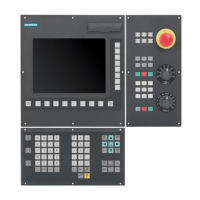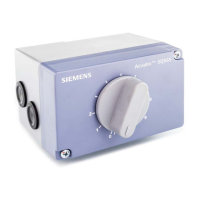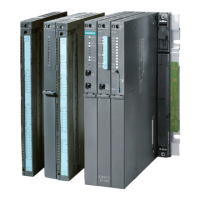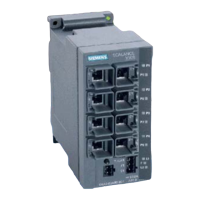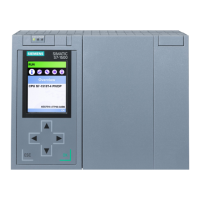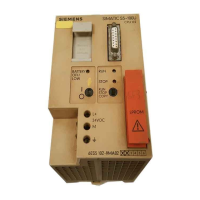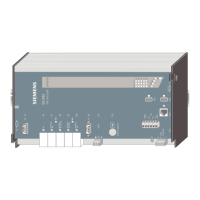3.
Operation
3.2
Time
setting
3.3
Programming
--
3.2
Time setting
Sliding switch (4 positions):
Coarse setting of the time ranges
before
fitting the housing cover.
Potentiometers "TO..
.
T3":
Fine setting of the timers.
LEDs "TO..
.
T3":
The LEDs light up while the relevant timers are running.
"O/Test" switch:
With the PC at "Stop", the four timers can be started independently
of the program by moving the switch from
"0" to "Test".
The delay time can then be measured by means of a stopwatch
from the length of time that the LED remains on. For setting short
times with an oscilloscope or similar instrument, the following
measuring points are provided above the switch:
X5
...
X8: TimeTO
...
T3
X9: Trigger signal Output level 5
V
(CMOS)
X10: Frame
Screw terminals are provided for connecting external
potentiome-
ters for fine setting of the times.
Remove wire jumper.
Set internal potentiometer to
"-"
(series connection).
Fig.
22
Controls for time setting
Fig.
23
lumper assignment of the memory submodule to suit the various EPROMs
3.3
Programming
The S5-010W programmable controller is programmed in the STEP
5 language (see Programming Instructions for the S5-010).
When using the 610 programming unit, the first four memory loca-
tions must be left free if there is to be subsequent documentation or
amendment of the program by means of a 630,631 or 670 program-
ming unit (starting address
AD004).
Also, when programming a memory submodule (EPROM) with a
630, 631 or 670 programming unit, make sure that the appropriate
jumpers shown in Fig. 23 are fitted.
A 500 interface module is needed for on-line programming with the
630, 631 and 670 programming units.
Note: Avoid touching the printed circuits and components with
bare hands.
Memory capacity
(statements)
1
K
2~
4~
Submodule complement
EPROM I EPROM
II
2716 (2516)
-
2716 (2516) 2716 (2516)
2532 2532
~~~t~ module with two
IC
sockets
Jumper assignment
K1
X
X
X
K2
X
K3
X
X
X
X
X
K4
X
X
K5

